WOMEN AT WORK
In the late 1950s, only about one in five women of working age was employed. Many of them – about 28% − were in domestic service, working as amahs and cooks. Educational levels of women were low, and in any case there were not that many jobs available. Unemployment in Singapore was high at around 10%. In the 1960s, Singapore began an aggressive drive to attract foreign investment and create jobs. As factories and offices opened, women were needed as production workers and clerical staff. With the economy expanding rapidly, demand grew for womanpower. But who would man the home front? People, and the policymakers, began to grapple with the need for better child and family care support, and for a better balance of work and personal needs.
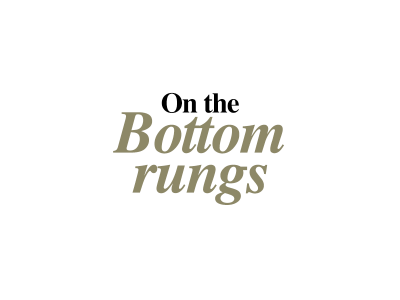
1965
About one in five women of working age is in the labour force, and most are in low-level and poorly-paid production and related jobs. But more and more girls are going to school, so educational levels of women are rising.
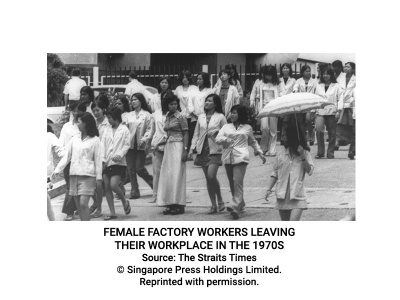
1970
Women now make up a quarter of the labour force. While more than two-thirds are still in lower-level jobs such as production, a growing number are making their way into professional and technical jobs. But there are few in management.
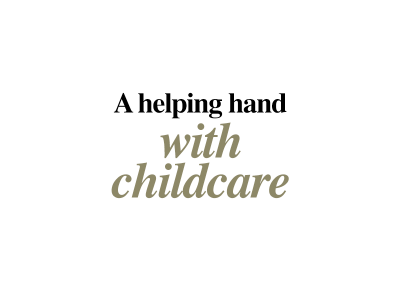
1977
While more women are joining the workforce, once they start a family they tend to quit work permanently to look after the children. To make it easier for them to return to work, NTUC Childcare is set up to provide affordable childcare in housing estates.
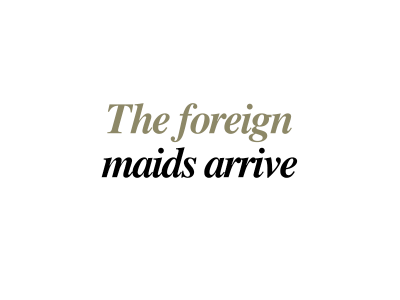
1978
If women are to be able to stay in the workforce, they will need help with looking after the home. The Foreign Domestic Maid Scheme is introduced to allow the hiring of women from the region as live-in domestic workers.
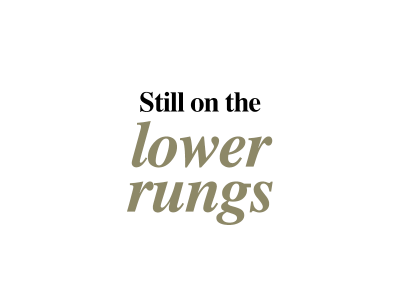
1980
The female labour force participation (FLFP) rate is 40%. But women on average earn only about two-thirds of what men earn. Many are still in lower paid jobs, or they work part-time because of family responsibilities. This, and the preference of employers to hire and to promote men, limits their chances of career progress.

1982
The Foreign Maid Levy is introduced to regulate the inflow of foreign domestic workers, or FDWs.

1987
The government provides $100 childcare subsidies for all families, and encourages employers to adopt part-time and flexitime schemes for working mothers with young children.
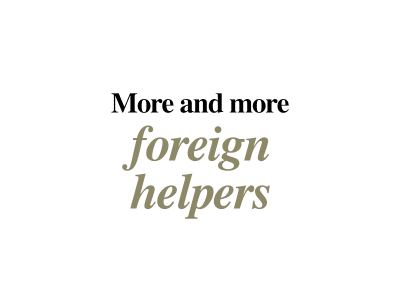
1988
Ten years after the introduction of the Foreign Domestic Maid Scheme, there are more than 40,000 FDWs in Singapore. The Foreign Maid Levy is raised to regulate the flow. Over the years this levy will be tweaked again and again.
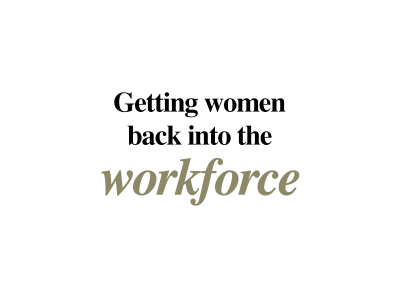
1995
The NTUC starts looking at ways to encourage women to re-enter the workforce. The government comes up with regulations to protect work benefits on a pro-rata basis so that flexible part-time work will be more feasible.
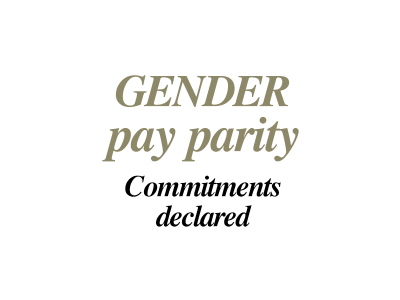
2002
Singapore ratifies the International Labour Organisation’s Convention on Equal Remuneration. NTUC and the Singapore Employers Federation declare their commitment to gender pay equality. But the wage gap continues.

2004
A Work-Life Works! Fund is introduced to encourage employers to adopt flexible work arrangements so that their staff can better manage work and personal demands.
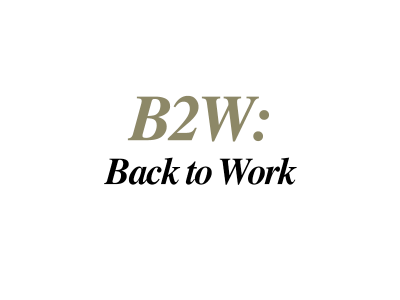
2006
The NTUC launches the B2W Programme with a more structured approach to get women who have quit work upon starting a family to return to the workforce.
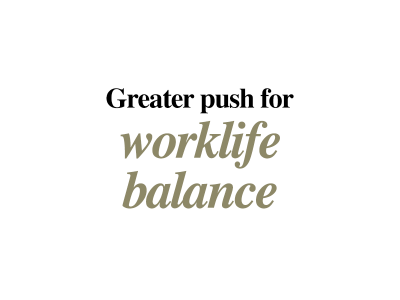
2013
The Work-Life Grant replaces the Work-Life Works! Fund. This scheme is extended and enhanced in 2018 to incorporate more features supporting work-life flexibility.

2019
The FLFP rate is 60%. The Ministry of Manpower’s 2018 Comprehensive Labour Force Survey finds that one in four women aged 25 and above who is not in the labour force cites caregiving needs as her reason for not working.There are 253,800 FDWs in Singapore at the end of 2018.

Estimates put the gender wage gap at between 9% and 13%. The gap is more pronounced in the sectors traditionally associated with women – health, education, social services.
The McKinsey Global Institute estimates that advancing gender equality could help expand Singapore’s gross domestic product by an additional US$20 billion, or 5%, by 2025.


WOMEN AND WORK:
THE OFFICIAL STAND
The only difference between men and women workers are the physical and biological ones. Women are equal to men in intellectual capacity. …. It has been government policy to encourage the education of women to their fullest ability and their employment commensurate with their abilities.

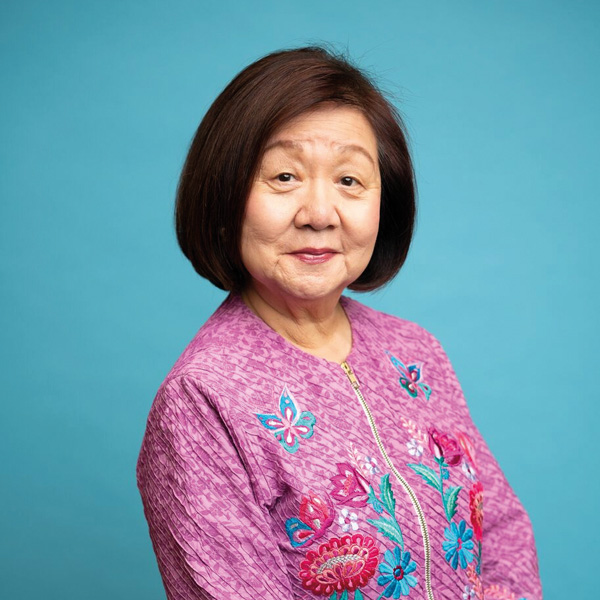
Jennie Chua
Icon of Singapore’s hospitality industry
Jennie Chua has, arguably, done more for Singapore’s hospitality industry than any other individual. She put Singapore in the top league of the global convention business; managed two prestigious brands, Raffles and Swissotel; and helmed The Ascott Group, a leading owner-operator of serviced residences. In 2009, Jennie became CapitaLand’s chief corporate officer, a post she held until she retired in 2012. She also became, in 2009, the chairperson of the Singapore International Chamber of Commerce, the first woman to hold the post in the chamber’s 172-year history.
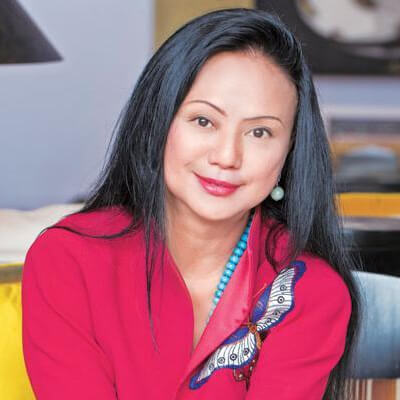
Claire Chiang
Champion of Corporate Social Responsibility
Claire Chiang co-founded the Banyan Tree group with her husband Ho Kwon Ping in 1994. Banyan Tree Gallery, which is the group’s retail arm, practices what Claire calls ‘community capitalism’ – it works with village cooperatives and not-for-profit marketing agents to create employment for artisans in the areas around the group’s resorts and hotels, and to help conserve local culture and heritage. The traditional Asian village craft items that these cooperatives make are sold at Banyan Tree’s more than 70 outlets around the world.
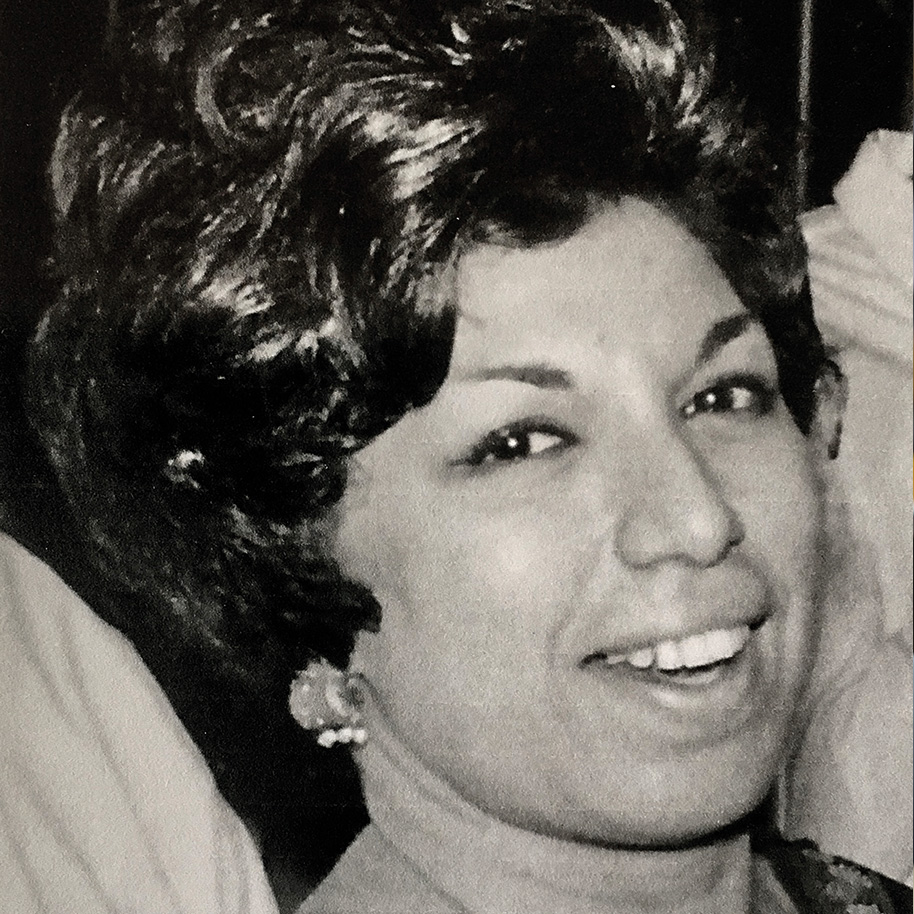
Daisy Devan
Singapore’s Mother Music
Singapore’s local music industry’s golden era was the 1950s and 1960s, with many singers and bands performing live and on radio and TV, and making records that sold well. At the heart of it all was Daisy Devan. In 1957 she was the first Asian to take the helm of a record label in Southeast Asia. As EMI’s Artistes and Repertoire Manager in Singapore, Daisy nurtured the careers of The Quests, Sakura Teng, Rita Chao, Anita Sarawak, Tracy Huang, Sharifah Aini, and many others.
